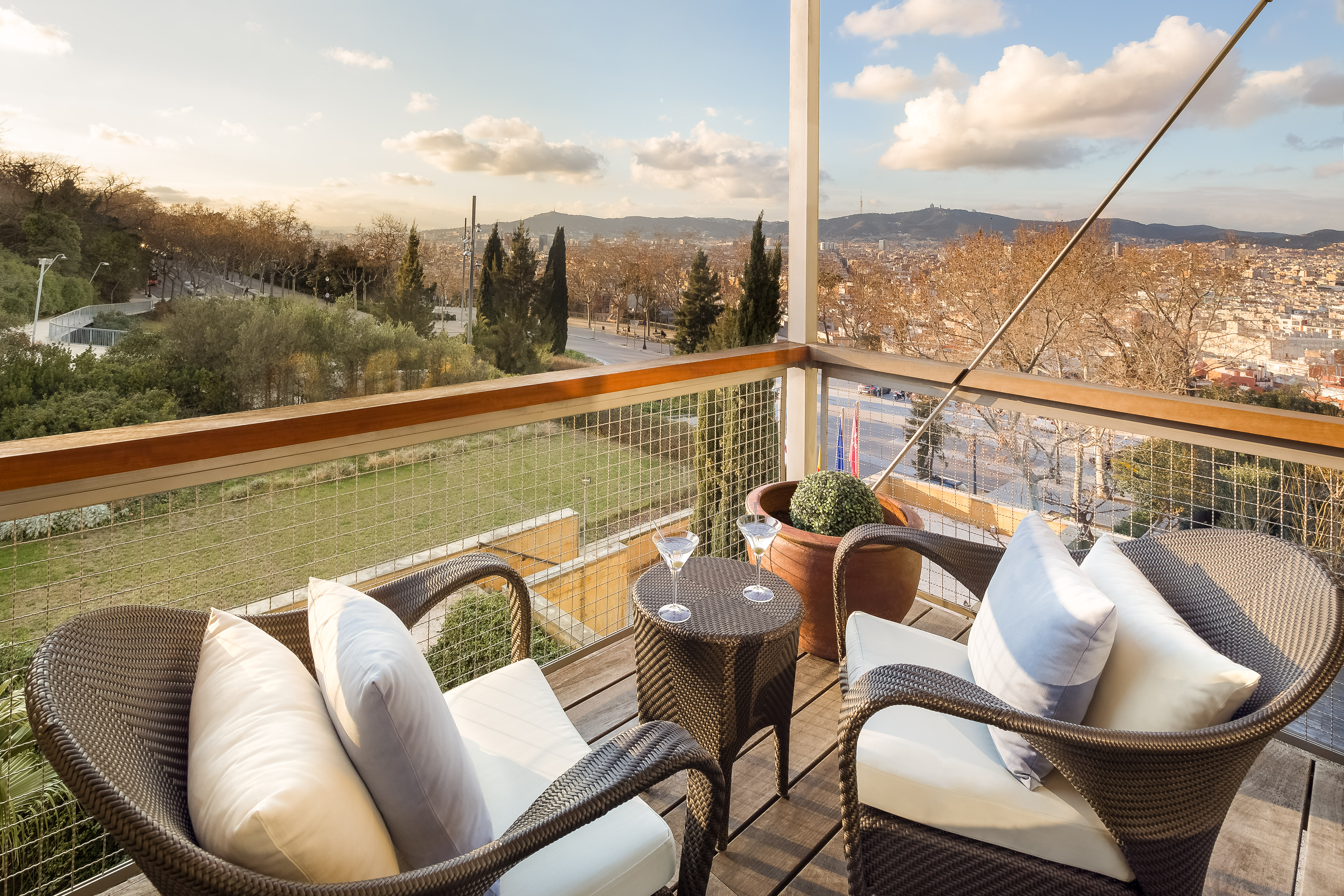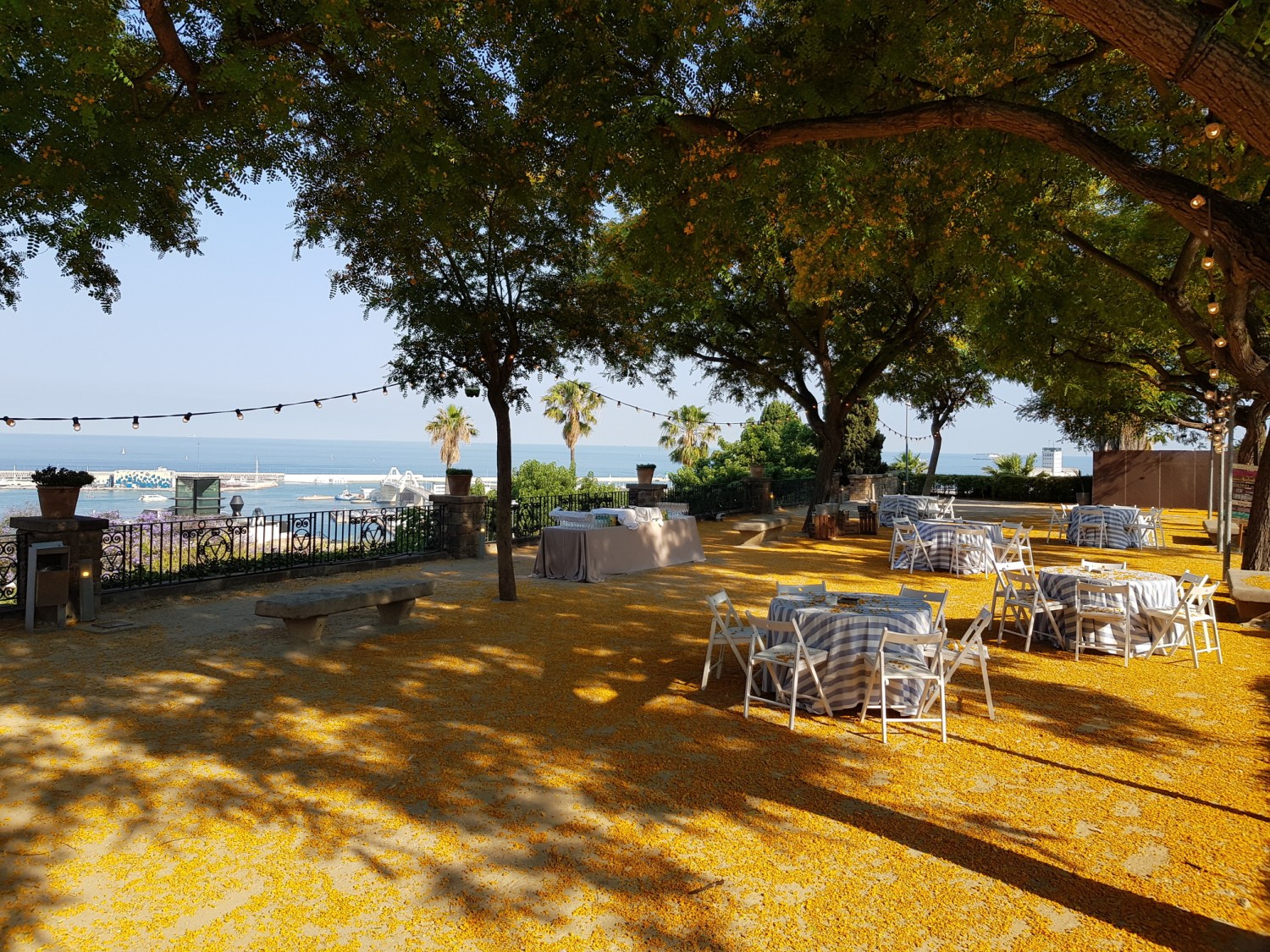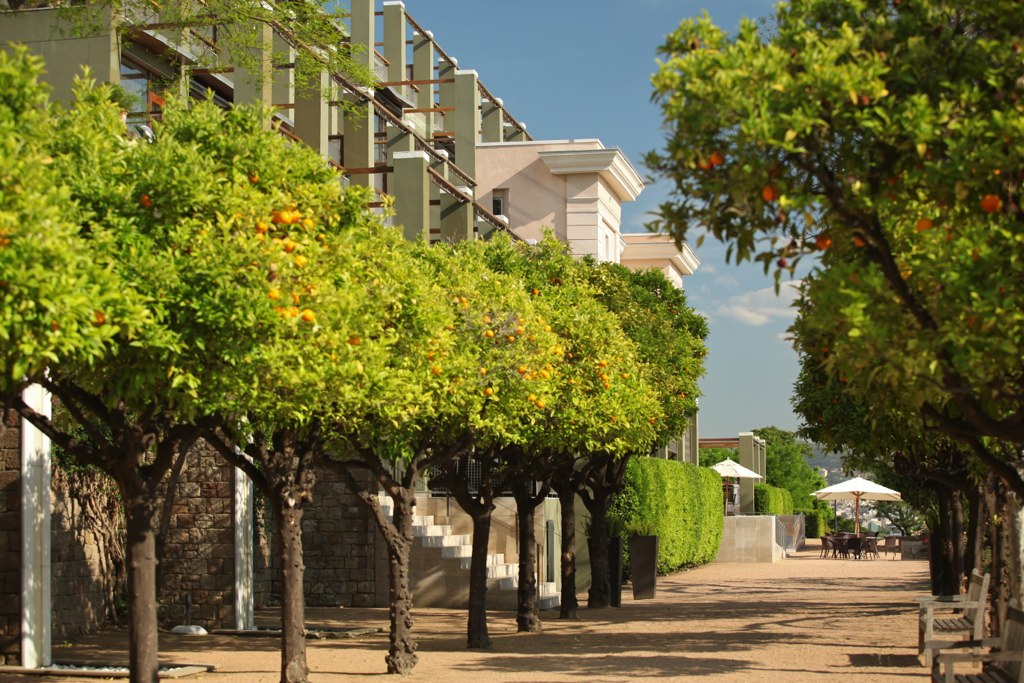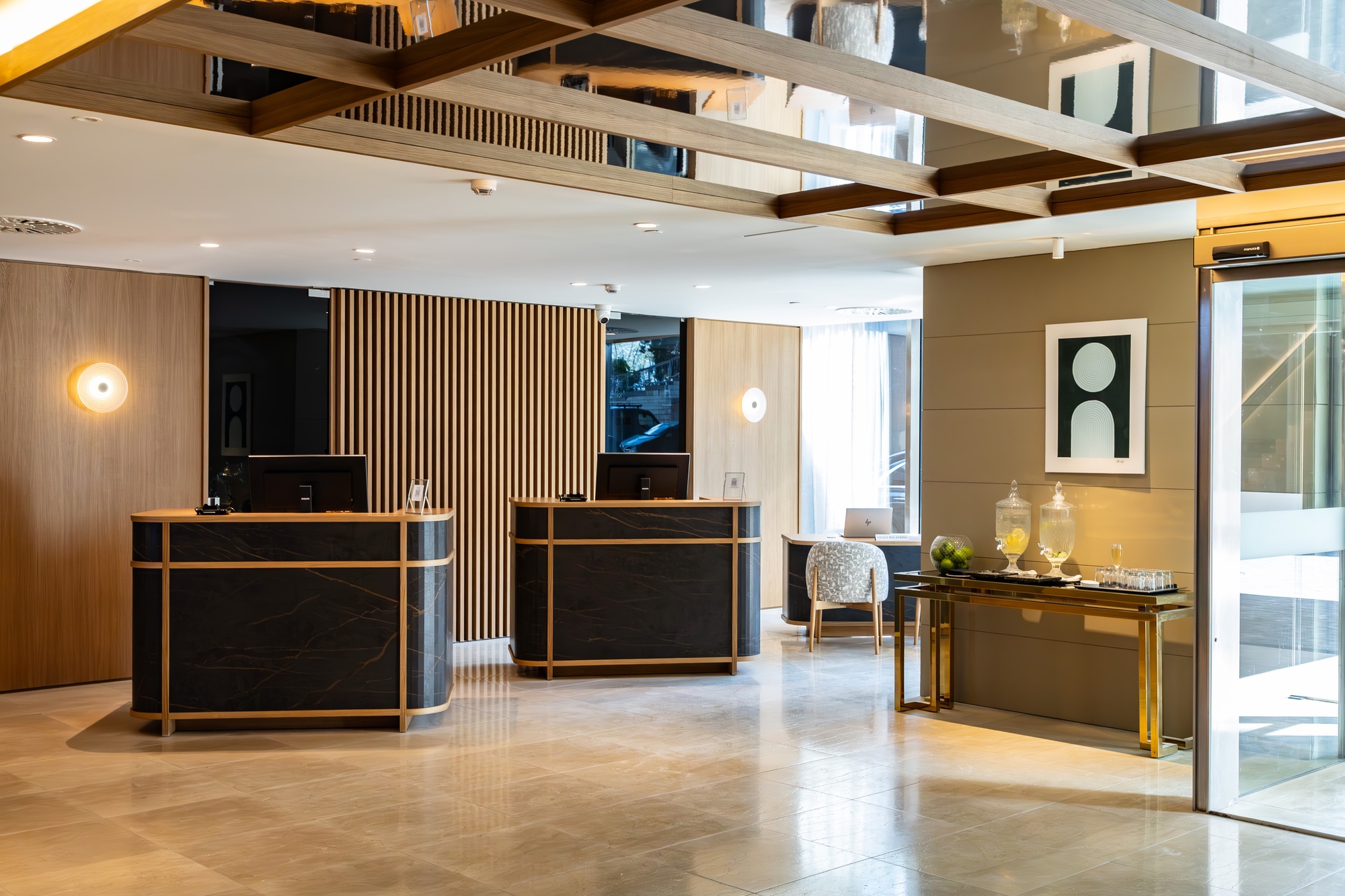In the mountain of Montjuïc you can do different activities for all ages and tastes. Here are some perfect places to discover Barcelona without leaving Montjuïc and all near the Hotel Miramar Barcelona.
Cable car
The Montjuïc cable car is the shortest public transport line in the city, with only three stops, but it is also the most spectacular, due to the breathtaking views that can be seen along the way. From its modern cabins, you can see the silhouette of Barcelona's most unique buildings, such as the Sagrada Familia and the Glòries Tower, and reach the top of Montjuïc mountain.
Olympic Ring
The so-called Montjuïc Olympic Ring encompasses all the sports facilities built or rehabilitated for the Barcelona 92 Olympic and Paralympic Games. In recent years, some of these spaces have been readapted to host sporting and musical events, while others are still places where the people of Barcelona can enjoy sport.
-
The Lluís Companys Olympic Stadium is etched in the minds of many locals as the venue that hosted the most important sporting event in the city's history: the inauguration of the Barcelona 92 Olympic Games. However, very few people know that this stadium was built in 1929, although it has undergone numerous renovations since then.
- Palau Sant Jordi - Considered the jewel of the Montjuïc Olympic Ring, which also includes facilities such as the Lluís Companys Olympic Stadium and the Bernat Picornell Swimming Pools, this building was constructed for the Barcelona 92 Olympic Games. Designed by the Japanese architect Arata Isozaki, it is considered a masterpiece of modern architecture and engineering.
Museums
- On the mountain of Montjuïc, integrated into the landscape but with a personality of its own, you'll find the Joan Miró Foundation, a great work of rationalist architecture that houses 14,000 pieces by the Catalan artist. Its creation was possible thanks to the collaboration of two geniuses: the artist Joan Miró and the architect Josep Lluís Sert.
- Poble Espanyol, located on the mountain of Montjuïc, is an open-air architectural museum that houses replicas of more than a hundred characteristic buildings from different parts of Spain. You can also see exhibitions of contemporary art and enjoy Spanish crafts and gastronomy.
- The National Art Museum of Catalonia stands out for its collection of Romanesque art, considered one of the most complete in the world. It also houses valuable pieces of Gothic, Renaissance, Baroque and modern art.
- The Joan Antoni Samaranch Olympic and Sports Museum is a pioneering space in Europe that shows a global perspective of sport in all its disciplines and modalities, in an interactive space where you can virtually experience different moments with your idols.
Other gardens to stroll through and discover
-
Joan Maragall Gardens - This is one of the most extensive and elegant gardens in the city, surrounding the residence of the Spanish royal family in Barcelona, the so-called Palauet Albéniz. They are located in the heart of the Montjuïc mountain and have a total surface area of about four hectares.
- Teatre Grec - Despite its name, this open-air theatre was not built by the ancient Greeks, but in 1929, on the occasion of the Universal Exhibition of Barcelona, taking advantage of an old quarry. Today, this space is the main venue for the Grec Festival, which takes place every summer in Barcelona and fills the city with theatre, music, dance and circus performances.
- Mossèn Costa i Llobera Gardens are located on the south-eastern slope of Montjuïc, an area of the mountain with a temperature a few degrees higher than the rest of the city, which means that plants that are not typical of the Mediterranean climate have been able to acclimatise perfectly in this space. Most of them come from sub-desert, desert and tropical areas.
- Jacint Verdaguer and Joan Brossa Gardens - Located in the lower section of Montjuïc mountain, these two gardens, which are connected, represent a large natural area where adults can relax while children enjoy playing in spaces specially designed for them. The gardens are dedicated to the Catalan poets Jacint Verdaguer and Joan Brossa.
MAKE
YOUR RESERVATION AT
STUDIO MIRAMAR
OR CALL +34 932 811 600
.png)





